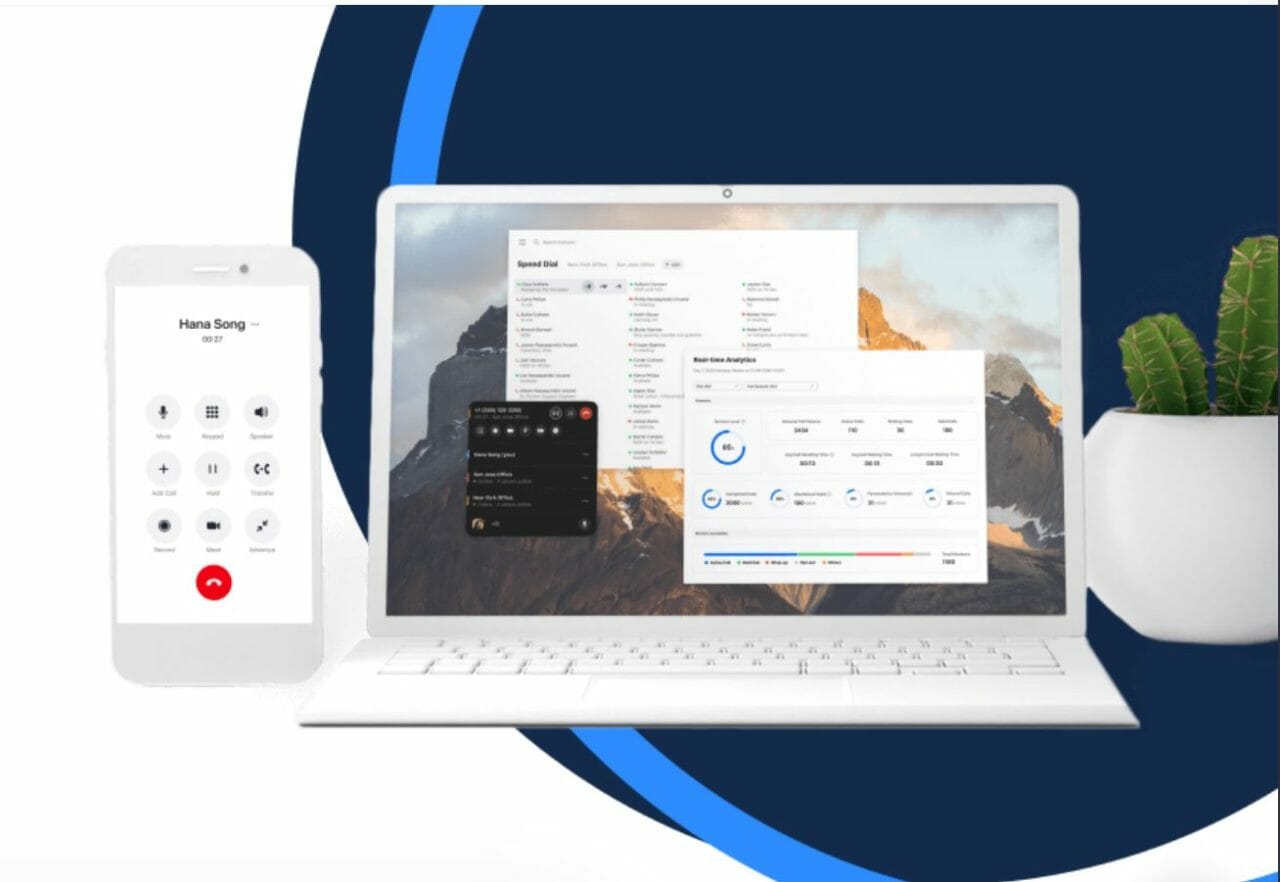Ricky Kapur, Head of Asia Pacific at Zoom (pic above), believes that the hybrid work environment is going to be the mainstay moving forwards, regardless of what employers might think.
“We are in a new adaptive age, and, like it or not, hybrid work is here to stay. In Asia Pacific, businesses have started reopening their offices, and many executives are mandating their employees to return back to office. They want to have the familiar visibility of their teams, just like before the pandemic disrupted how work was supposed to be,” said Ricky.
“But that is not our world anymore.”
He said this recently during Zoom’s second virtual APAC Work Transformation Summit, hosted by Cathy Yum, Head of Field Marketing – APAC at Zoom. The summit focused on the current state of workplace evolution, as well as exploring Zoom’s capabilities to support businesses create a smarter, hybrid workplace in the dynamic and diverse region.
Ricky noted that people desired the flexibility that hybrid work offered them. “They love the convenience, and the less time wasted, and the higher productivity, that this new world offers. We have become used to this.”
In a recent Qualtrics survey, an overwhelming majority of respondents alluded to their preference for a hybrid work environment over being solely remote or solely in person when offered the choice.
“Why is this so? Because we as human beings still crave for meaningful connections and relationships, but not at the cost of flexibility and convenience. Hybrid work is about bringing the best of these two worlds, these two states together.”
Jay Choi, Chief Product Officer at Qualtrics, agreed.
“We conducted one of our largest regional research studies ever this year with nearly 14,000 responses from 22 different industries in 27 different countries. This is our third consecutive year, and we have never seen such a dynamic and quickly-evolving period of time for employee experience,” said Jay.
“According to our research, hybrid work is the most preferred model. In the first few months of the pandemic, I think many employees and even employers thought that remote work was the ideal model, and that was both what employees wanted and made for the best employee experience. But there were also drawbacks to fully-remote, including isolation, disconnectedness, and lack of trust.
“In fact, the most engaged and productive employees were actually in a hybrid work environment, which showed healthier scores in trust, well-being, and energy, with the most preferred arrangement being 3 days remote and 2 days in the office for the average employee. Only 13% said they’ll go back into an office 5 days a week, and when you ask specifically for women in that number, that number drops to 9%. These findings were also consistent across almost every industry where hybrid work was the most preferred model.”
According to Ricky, companies have pivoted in response to this, listening intently to employee feedback.
“They understand that people don’t want to go back to commuting every day, and this could be up to 2 hours stuck in traffic congestion in parts of Asia. Leaders are demonstrating empathy and coming up with various options to accommodate their staff’s day-to-day needs, such as asking them to come in 2-3 days a week, or splitting their workforce into 2 teams that work from the office or home on different days of the week.”
In Ricky’s opinion, there are three key points to be considered when building a hybrid workplace strategy.
“Listening to employee feedback will make all the difference. The key is choice. The approach that is most successful is to trust our teams and let them do their best work from wherever they feel most productive. There will be times when people want or need to meet in person, and our own employees tell us that they prefer to come together for networking, for collaboration, and team bonding; there will be other times where work can be done more efficiently and more productively without that long commute.
“Secondly, this post-pandemic version of hybrid work requires renewed efforts into understanding and improving employee experience, connectivity, and equity; whether they’re at home, in the office, or in between.
“Finally, it’s not enough to simply tell your employees that they have the flexibility to work in a hybrid way. You have to think deeply about the right platforms and the right technologies to truly facilitate meaningful hybrid work. The right technology can make work easier and more productive for those on the move.”
As Ricky pointed out, Zoom has been working to fulfil the needs of employers and employees alike in terms of providing the right technology to enable a hybrid working environment, with products such as Zoom Phone and Zoom Rooms.
Since its launch in January 2019, the Zoom Phone has proven to be an overwhelming success surpassing three million Zoom Phone Seats sold worldwide in Q1 of this year. This stems from the product being a cloud business phone solution that is as simple, reliable, and easy to use as the Zoom video platform.
“For folks who are on the move (let’s say on the way to the office), they can use Zoom Rooms Workspace Reservation to book their own hot desk. Once they arrive, they can check into that workspace using Zoom’s Scheduling Display and seamlessly continue their meeting. If you need to hop onto a meeting while on public transport, Zoom Phone allows you to stay connected and transfer to a Zoom Room when you get to the office This is an example of seamless, frictionless connectivity.
“Over the last couple of years, we grew very accustomed to joining Zoom meetings from home, and having a clear view of everyone attending. But have you recently been in a meeting where you were beaming down on a group of participants in a meeting room, and you can’t really tell who is speaking? Another really awesome feature we introduced to solve this problem is Smart Gallery. To enhance collaboration in hybrid meetings, Smart Gallery uses AI to create individual video feeds of in-room participants, giving the remote participants a familiar Zoom tile view of their in-room counterparts. This intelligent feature makes a dramatic impact in a hybrid meeting.”










